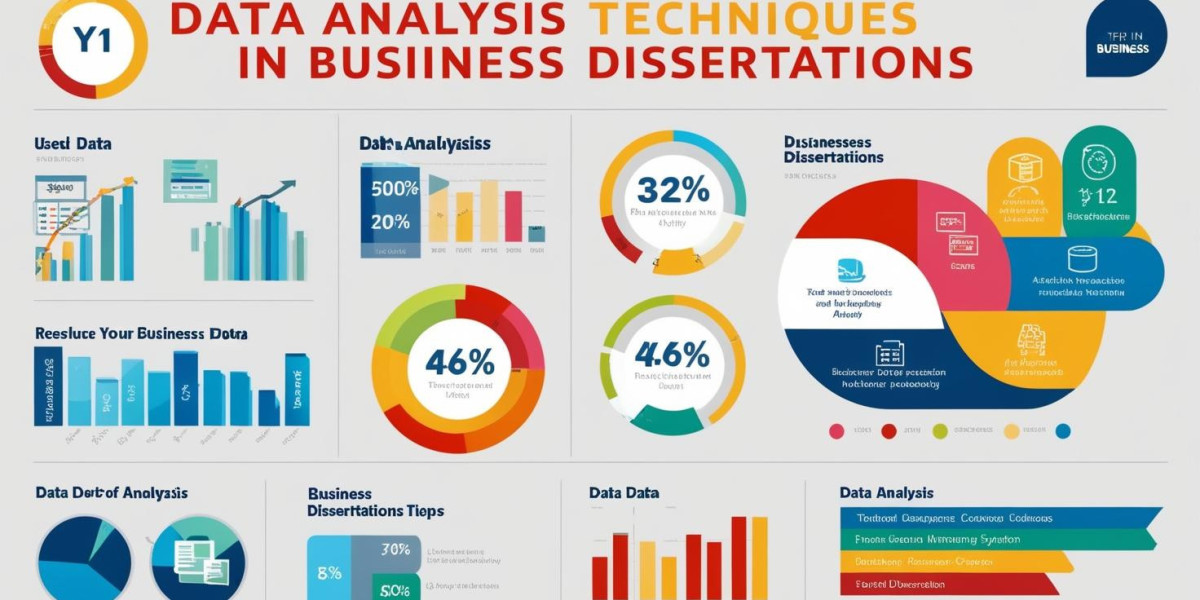So, you’ve reached the data analysis part of your business dissertation—congrats! But let’s be real, this is where things can go from “I got this” to “what the heck am I even looking at?” real fast. Data analysis is a beast, and if you're not careful, it’ll eat up your time, your patience, and maybe even your sanity. But don’t worry, we’re gonna break it down, keep it simple, and make sure you don’t get lost in a sea of spreadsheets and statistical tests.
First off, why does data analysis even matter? Simple—your dissertation isn’t just about throwing out opinions; you gotta back them up with solid evidence. Whether you’re proving a market trend, testing a business theory, or figuring out what makes consumers tick, analyzing data gives your work the credibility it needs.
But here’s the thing—data analysis isn’t just about crunching numbers. It’s about storytelling. The numbers mean nothing if you can’t explain what they actually say about your research question.
Not all data is created equal, and the way you analyze it depends on what kind you’ve got. Here’s a quick rundown:
Quantitative Data (numbers, stats, percentages) – This is the kind of data you analyze using statistical tests, regression models, and other fancy number-crunching methods.
Qualitative Data (words, opinions, interview responses) – This stuff needs coding, thematic analysis, and content analysis to make sense of it all.
Mixed Methods – A little bit of both. Some dissertations use surveys (quantitative) along with interviews (qualitative) to get a full picture.
Your job? Figure out which method fits best with your research. Pick wrong, and you’ll be struggling to make sense of things later.
Gone are the days of analyzing data with just a notebook and a calculator. Now, we’ve got a bunch of tools that make life easier. Here are a few that might help:
SPSS – Great for statistical analysis if you’re working with surveys and big datasets.
Excel – Basic but powerful. If your data isn’t too complex, Excel might be all you need.
NVivo – Perfect for qualitative data. Helps you categorize and make sense of interview responses.
R or Python – If you’re into programming and need some heavy-duty analysis, these are solid choices.
Pro tip: Don’t wait till the last minute to learn these tools. Trust me, trying to figure out SPSS two days before your deadline? Not fun.
Here’s the ugly truth—raw data is messy. Surveys have missing answers, interviews have off-topic rants, and datasets sometimes look like they were put together by a toddler. Before you even think about analyzing, you gotta clean up the mess.
How to Fix It:
Get rid of duplicates and errors in your dataset.
Handle missing data—sometimes you can ignore it, but other times you might need to fill in gaps.
Make sure everything is formatted correctly—numbers should be numbers, text should be text, and categories should be consistent.
Messy data leads to bad results, and bad results lead to a dissertation that doesn’t hold up. Don’t skip this step.
Alright, so you ran your analysis. Now what? Well, here’s where a lot of students get stuck. You’ve got charts, graphs, percentages, and themes—but how do you actually explain what it all means?
How to Do It Right:
Don’t just list numbers. Explain what they mean in the context of your research.
Compare your findings to existing theories and literature.
Identify patterns and trends—what stands out? What’s unexpected?
Be honest about limitations. No dataset is perfect, so don’t be afraid to acknowledge gaps or biases.
Remember, Business Dissertation Help services can assist if you’re struggling to interpret your data or need guidance on making it all connect.
Even the best students make mistakes when it comes to data analysis. Here are some of the biggest ones:
Overloading with Stats – Just because you can run a hundred different tests doesn’t mean you should. Stick to what’s relevant.
Ignoring Outliers – Those weird data points? They might be important. Don’t just delete them without understanding why they exist.
Forgetting About Ethics – If you’re dealing with human data (like surveys or interviews), make sure you’re following ethical guidelines. Confidentiality and consent matter.
Procrastinating on Analysis – This part takes time. Don’t assume you can do it all in one weekend.
Data analysis might be one of the most intimidating parts of your business dissertation, but it doesn’t have to be a nightmare. Take it step by step, clean your data, pick the right methods, and—most importantly—make sure your findings actually make sense. And hey, if you ever feel stuck, Business Dissertation Help is there to give you that extra push.
At the end of the day, your dissertation is your chance to contribute something valuable to the field. So embrace the process, trust the numbers (and words), and tell a compelling story with your research. You got this!









